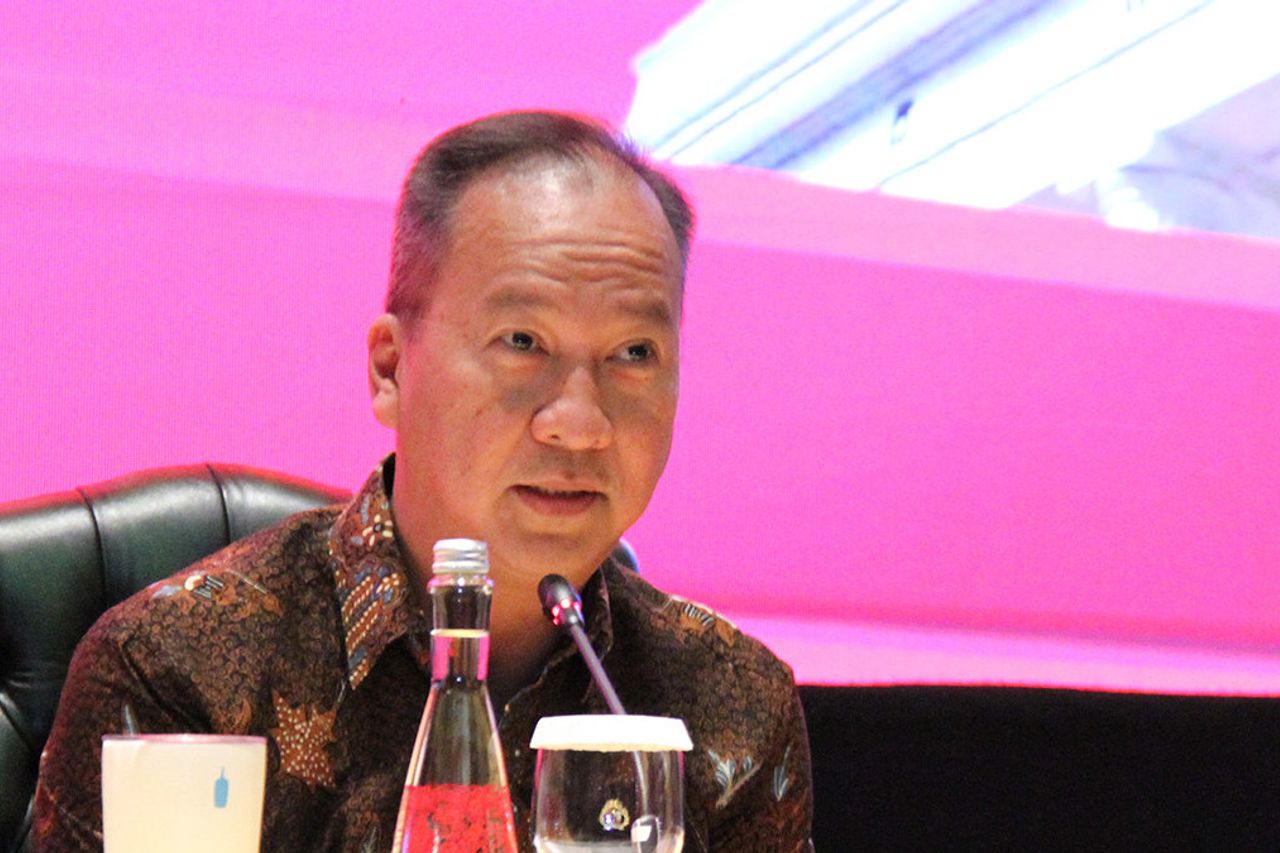Leading Industrial Sector To Grow In 2019

JAKARTA - Several leading industrial sectors in the country have recorded significant growth in 2019 amidst the country's stagnant economic growth.
The textile and apparel industry showed brilliant performance throughout 2019 by recording a growth of 15.35 percent. This achievement demonstrates the progress that continues to improve amidst pressures from global economic conditions.
The significant growth in the textile and apparel industry was supported by increased production of apparel in industrial centers.
"Based on the road map for Making Indonesia 4.0, the textile and clothing industry is one of the five manufacturing sectors that have become a priority in its development. Especially in the readiness to enter the industrial era 4.0, because with the use of industrial technology 4.0, it will increase the productivity of the industrial sector more efficiently, "said Minister of Industry (Menperin) Agus Gumiwang Kartasasmita in a statement received, Thursday, February 6.
The Minister of Industry revealed that the textile and textile products (TPT) industry sector also recorded export value throughout 2019 which reached 12.9 billion US dollars. As one of the labor-intensive sectors, this sector has absorbed a workforce of 3.73 million people.
Therefore, the Ministry of Industry has taken several steps to continuously improve the sector's performance, among others, by encouraging expansion of market access and restructuring machinery and equipment.
"So, to boost the competitiveness of the textile industry, we are pushing for many things. For example, to facilitate the availability of raw materials and energy supply, "he said.
Meanwhile, other non-oil and gas industry sectors that are also growing optimally in 2019 are the paper industry, and paper goods, printing and reproduction of recorded media by 8.86 percent, which is in line with increasing foreign demand.
Furthermore, the chemical, pharmaceutical and traditional medicine industries amounted to 8.38 percent whose growth was driven by an increase in the production of chemicals, chemical products, as well as pharmaceutical products, chemical drugs and traditional medicines.
Then, the furniture industry reached 8.35 percent which was influenced by an increase in foreign demand, thus encouraging the growth of exports. Meanwhile, the food and beverage industry with stable growth of 7.78 percent was supported by increased production of Crude Palm Oil (CPO) or crude palm oil.
As stated by the Central Statistics Agency, the global economy in Q4 2019 is estimated to be weak and unstable due to weak global trade and investment. Cumulatively, Indonesia's economic growth in 2019 grew by 5.02 percent compared to 2018.
The Minister of Industry is optimistic that the target for economic growth, as well as the performance of the country's manufacturing industry which will continue to improve, will be able to achieve the growth target of up to 5.3 percent. Especially if it is supported by the determination of the gas price for the industry, which is expected to be a maximum of 6 US dollars per million metric British thermal unit (MMBTU).
"Previously, we presented seven issues in the industrial sector that must be followed up. If the issue of gas prices for industry can be resolved, the government is optimistic about the industrial sector growth target," said the Minister of Industry.
The Minister of Industry revealed that in addition to that, the contribution of the non-oil and gas processing industry sector's Gross Domestic Product (GDP) to the 2019 total GDP reached 17.58 percent. This figure shows that the industrial sector continues to consistently provide the largest contribution to the national economy.
"Moreover, industrial activity has a broad dual effect for increasing the added value of domestic raw materials, absorbing local labor, and earning foreign exchange from exports," he said.
Meanwhile, industrial sector exports in January-December 2019 were recorded at 126.57 billion US dollars and contributed 75.5 percent of Indonesia's total exports. The five sectors that contributed most to the achievement of the export value of the processing industry throughout 2019, namely the food industry, which contributed up to US $ 27.16 billion or contributed 21.46 percent.
Furthermore, the base metal industry was 17.37 billion US dollars (13.72 percent). Next, the chemical and chemical goods industry was recorded at 12.65 billion US dollars (10 percent), the clothing industry at 8.3 billion US dollars (6.56 percent), and the paper and paper goods industry which contributed 7.27. billion US dollars (5.74 percent).
